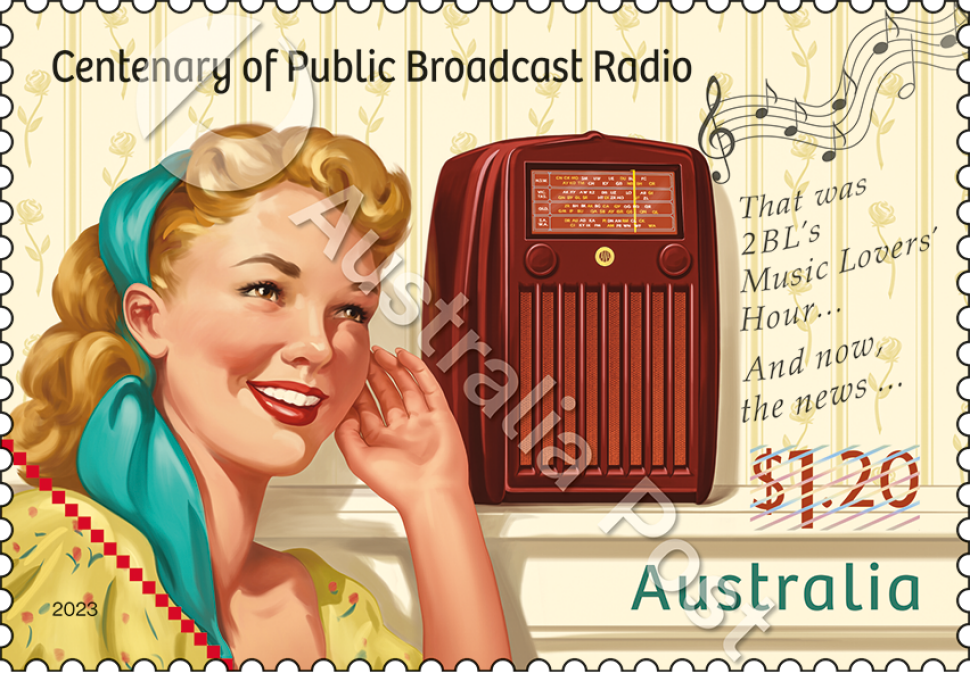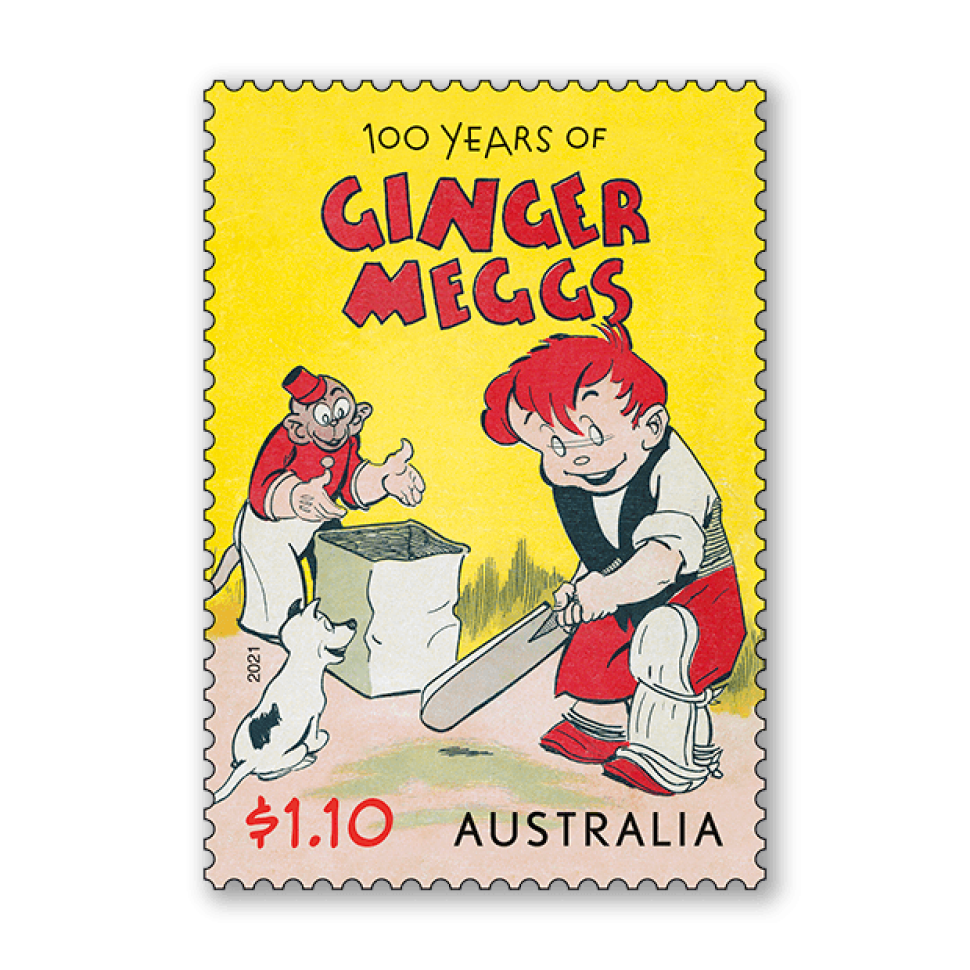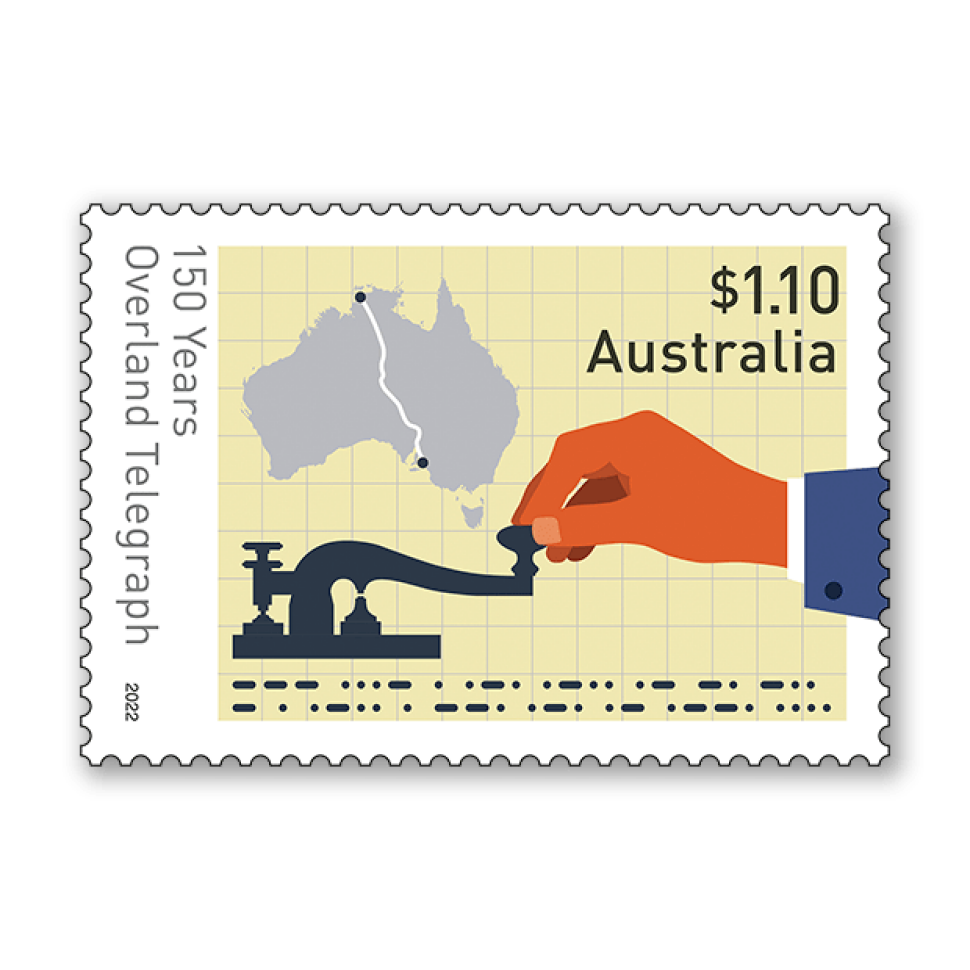Overview
Radio was first commercialised by Italian inventor and electrical engineer Guglielmo Giovanni Marconi (1874–1937), who patented a radio wave-based wireless telegraph system, in 1897, and broadcast the first transatlantic radio signal, in 1901. To assert control over this new medium, the newly formed Australian federal government introduced the Wireless Telegraphy Act 1905, the same year that Australia’s first telegraphy station was built at Queenscliff, Victoria, by the Marconi Wireless Company.
During World War I, further experimentation and innovation allowed for radio to broadcast from one point to many. Within two or three years, there were hundreds of amateur broadcasters using radio telephony to broadcast to the public, usually involving transmission of voice or musical recordings by a single operator. The first in Australia was organised by George Fisk, head of AWA, on 19 August 1919, who broadcast the national anthem from one building to another.
The first officially licensed radio station to go to air in Australia was 2SB Sydney on 23 November 1923. The station was established by a small company “Broadcasters (Sydney) Limited”. In 1924, the radio industry successfully lobbied the federal government to replace the “sealed set” license system with a two-tiered system. This allowed for radio stations funded by listener fees (“A” licenses) and commercial stations that generated their own revenue through advertising (“B” licenses). By the end of 1924 around 40,000 radio receiving licenses had been issued.
The impact of public broadcast radio was immense. By 1935, there were more than 60 commercial stations and an expanding network of stations as part of the ABC, run by the Postmaster-General's Department. While television, introduced in Australia in 1956, became a massive competitor, the introduction of transistor and car radios meant that listeners still resonated with radio, especially with younger audiences.
By the 1970s, it was conservatively estimated that 11 million radio receivers were in use and Australians were listening to radio for 3.75 hours per day.
Today, radio is still popular, and technology has continued to evolve. There are hundreds of stations at a national, state, regional and local level. Studies in 2022 indicate that radio continues to be popular: 80 per cent of Australians listen to radio via AM, FM, DAB+ (high-frequency digital audio broadcasting), live streaming or catch-up radio podcasts each week.
Technical specifications
- Issue date
- 17 October 2023
- Issue withdrawal date
- 1 May 2024
- Denomination
- $1.20 x 1
- Typography & product design
- Jo Muré, Australia Post Design Studio
- Stamp illustration
- Harry Slaghekke
- Paper: gummed
- Tullis Russell 104gsm Red Phosphor
- Paper: self-adhesive
- Tullis Russell 104gsm Red Phosphor
- Printer
- EGO
- Printing process (roll)
- Offset lithography
- Stamp size (mm)
- 37.5 x 26
- Sheetlet size (mm)
- 156 x 101
- Perforations
- 13.86 x 14.6
- Sheet layout
- Module of 10
- FDI Postmark
- Sydney NSW 2000
- FDI withdrawal date
- 15 November 2023
$1.20 Centenary of Public Broadcast Radio
The stamp scene showcases a woman in her living room, with her ear tuned into the radio. The radio is set to 2BL, the (renamed) first station to make an official public broadcast on 21 November 1923. The radio featured in the stamp design is an AWA Radiola, released in 1949 and known as “the Fridge”, due to its shape. Music Lovers’ Hour, referred to in the typography, was a popular program of the era.
Shop our stamp collectables
Gummed Stamp:
Centenary of Public Broadcast Radio Gummed Stamp
This single stamp design is from the Centenary of Public Broadcast Radio stamp issue.

Maxicard:
Centenary of Public Broadcast Radio Maxicard
This maxicard is from the Centenary of Public Broadcast Radio stamp issue.

Sheetlet Pack:
Centenary of Public Broadcast Radio Sheetlet Pack
This sheetlet pack is from the Centenary of Public Broadcast Radio stamp issue and presents the 10 x $1.20 stamps in a quality folder.

First Day Cover:
Centenary of Public Broadcast Radio First Day Cover
This Centenary of Public Broadcast Radio first day cover presents the postmarked gummed stamp from the issue on a complimenting cover design.

- Gummed Stamp
- Maxicard
- Sheetlet Pack
- First Day Cover
Additional collectables:
This content was produced at the time of the stamp issue release date and will not be updated.



